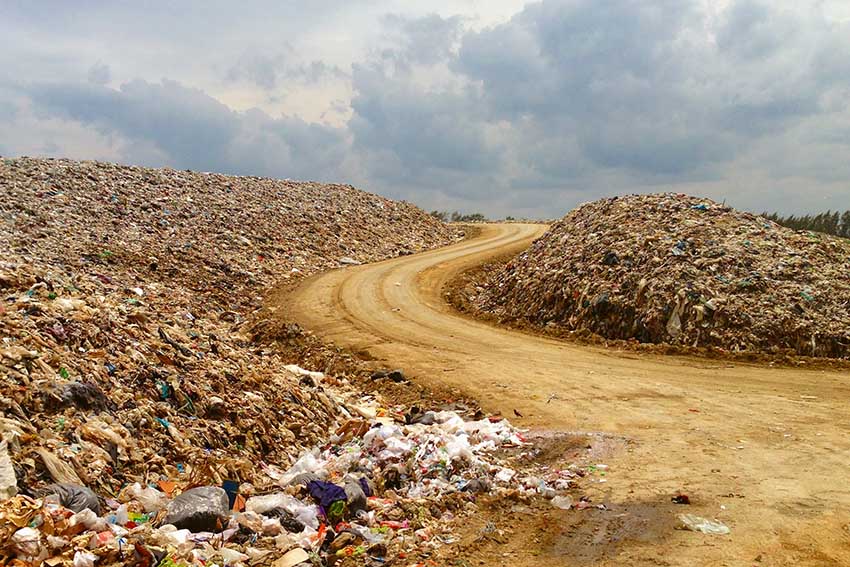

Oregon’s Plastic Pollution and Recycling Modernization Act was signed into law in August 2021, creating a 12-person task force to research and evaluate recyclability claims. | Yanqiang Dai/Shutterstock
For several years, lawmakers across the U.S. have been drafting policy to address concerns about ocean plastic. In Oregon, a key recycling labeling task force elected a representative from an ocean environmental group as vice chair.

Landfill tip fees were relatively flat in 2021, according to newly released data. | Kawin168/Shutterstock
Last year, price tags for a range of new things jumped sharply from the year before, but the cost to landfill those things was pretty much flat.

The largest waste and recycling haulers in North America reported rising revenues for 2021. | Photick/Shutterstock
Surging commodity prices drove markedly higher recycling revenues for the largest haulers in North America last year. Those companies say they’ll put a lot of money into upgrading their MRFs in 2022.

Eco-Cycle recently held a launch event for their 100% electric truck. | Credit: Kay Beaton
Nonprofit hauler and processor Eco-Cycle is bringing the first electric collection truck to Colorado’s streets, but it took a series of other firsts – and plenty of patience – to get there.


Volatile pricing in resin markets has presented challenges for Advanced Drainage Systems over the past year. | Chris Tennant/Shutterstock
Using recycled plastic is good business for Advanced Drainage Systems, but recent reports and interviews make clear that it’s not always painless.
 February has brought substantial price increases for three curbside commodities: PET containers, aluminum cans and polypropylene.
February has brought substantial price increases for three curbside commodities: PET containers, aluminum cans and polypropylene.
